Yoga Teaching & Learning
Articles for yoga teachers
by Andrea Newman
After you’ve come out of a big backbend - for example bow pose (dhanurasana) - do you find yourself spontaneously moving into child pose, and/or downward dog pose, to counterpose?
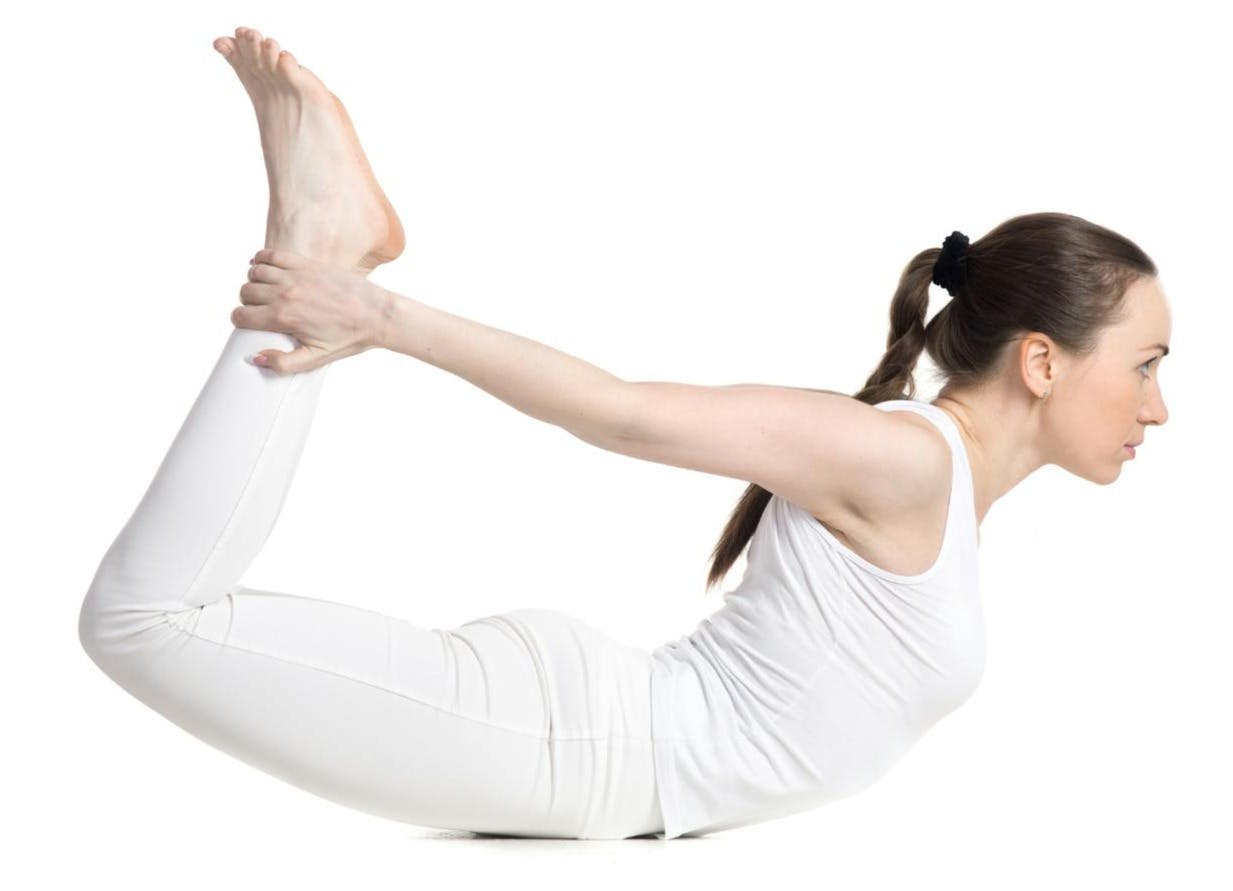
Even without thinking about it, rounding and lengthening the back simply feels re-balancing. The right hemisphere of our brain intuitively knows that it feels right.
Choosing counterposes for lesson plans
When we are lesson planning, we draw on what we know from our personal experience of asana practice. But it's also helpful to use the left hemisphere to analyse our choices. Let's think about a few nuts and bolts of counterpose.
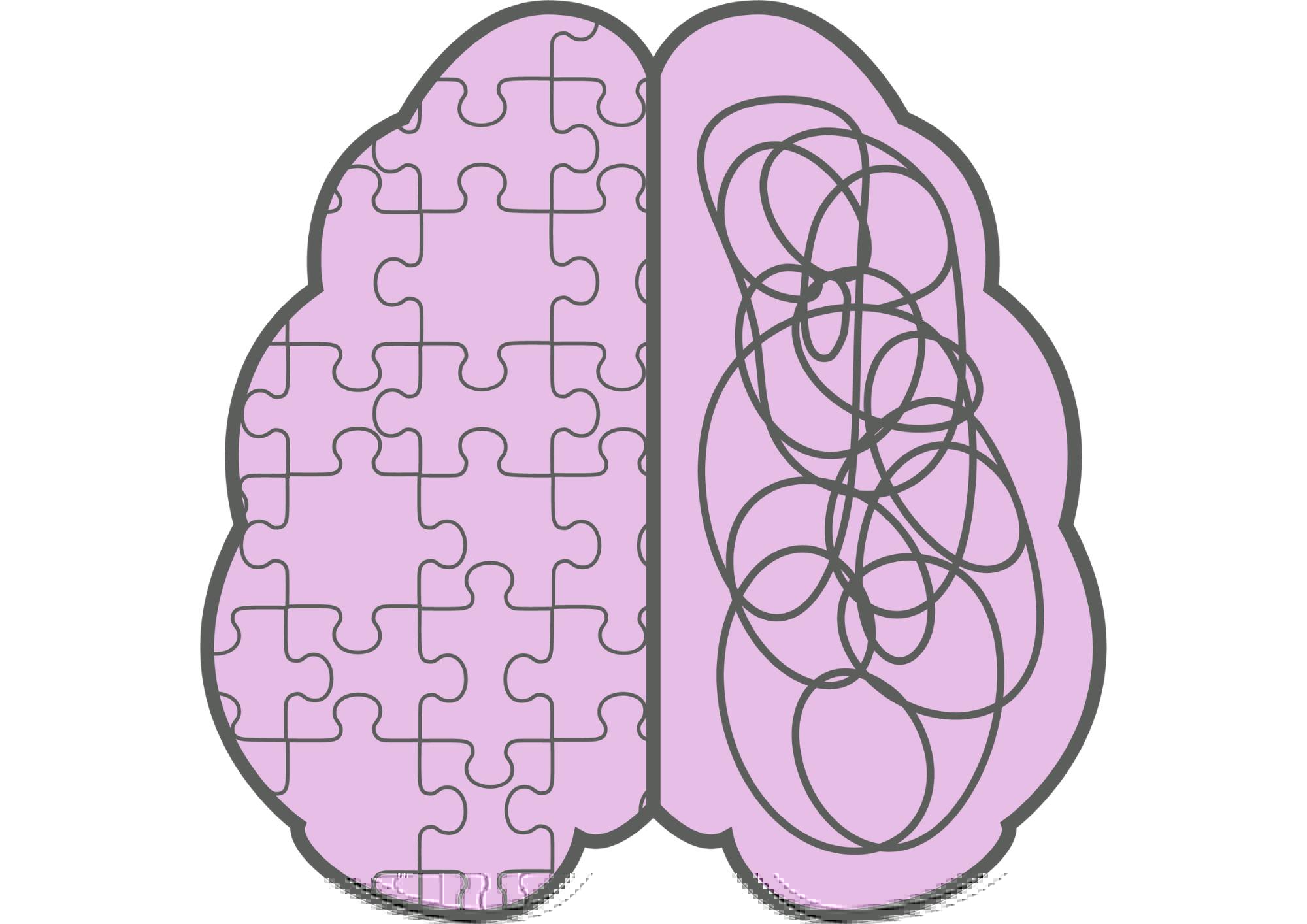
If you've just practised an asymmetrical pose, for example a side bend such as parighasana (gate pose), or a spinal rotation pose, such as ardha matsyendrasana (seated twist)...

...then you will want to balance up the body using either a forward bend or a backward bend.
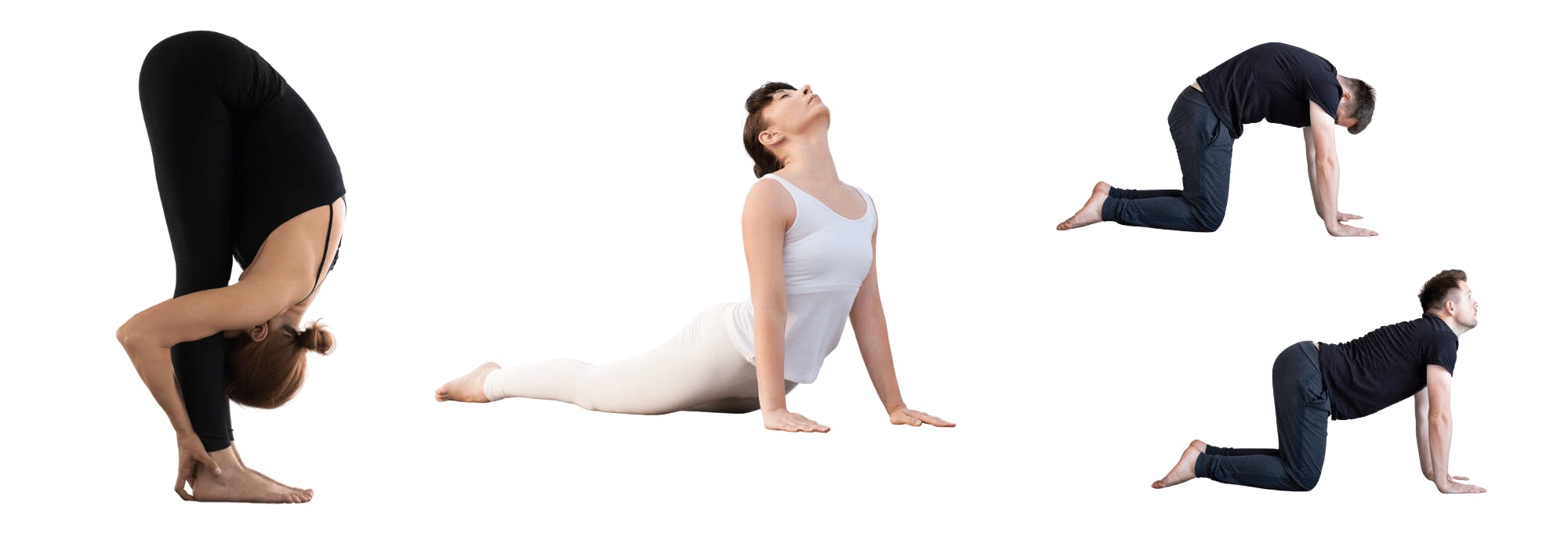
A counterpose is generally going to be a symmetrical pose, ie. a forward bend or a back bend to bring you back into balance.
If the primary pose is a forward bend, where the spine is in flexion, we usually follow with a backbending counterpose.

If we're practising a back bend where the spine is in extension then we need to follow it with a forward bend with the spine in flexion and a lengthening of the back of the body.

If we practise a pose that involves strong muscle contraction, we want then to choose a counterpose that lengthens those active muscles to release any residual tension.
In my class last week we were practising ardha navasana (half boat) which involves a strong contraction of the abdominal muscles. I used bridge pose to counterpose and lengthen the abdominals, followed by apanasana to rebalance after the backbend.

Unless teaching an integrated fast paced sequence like surya namaskar, it's important that a counterpose is of lower intensity than the primary pose that we're counterposing.
The length of time a pose is held will also affect the counterpose necessary. A pose held for longer will need a stronger counterpose than one held only briefly.
A counterpose is usually held only for a few breaths.
Choosing counterposes can be as much of an art as a science. We have to get a feel for which poses work best in different situations.
Balancing
The body is constantly working to maintain internal balance - a process known as 'homeostasis'.
The body responds to whatever we do with it, and whatever happens to it. This adaptive response is known as 'hormesis'.
There are movements we make with our bodies that are quite challenging. These include many yoga poses, as well as movements that we may make due to life activities. Whenever there's a challenge to the system, there's always a response in the body.
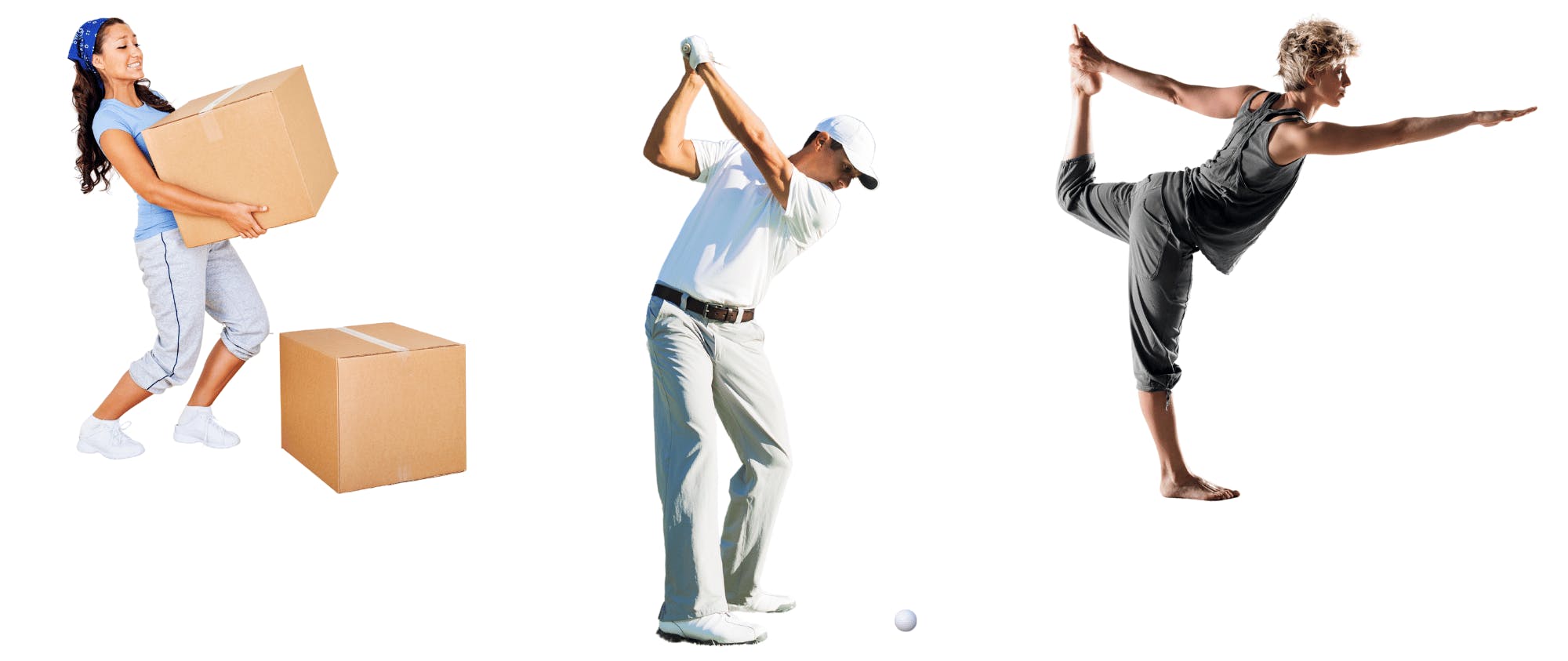
This is the basis of how yoga practice works - we give the body a challenge (tapas), and it responds. If the practice is an intelligent and appropriate practice then the response will be a good healthful and positive one.
When we push the body close to the edge of its range of movement, we not only need to come back to centre, but to go little bit in the other direction in order to help the body rebalance. It's a little bit like when you're lacking a particular vitamin - you're going to have to take a higher dose of that vitamin over a period of time just to bring you back to your normal level. With a strong yoga pose, especially when held, it’s helpful to go briefly a little bit back the other way (ie. counterpose) so we then re-balance swiftly back into the middle of the range of movement.
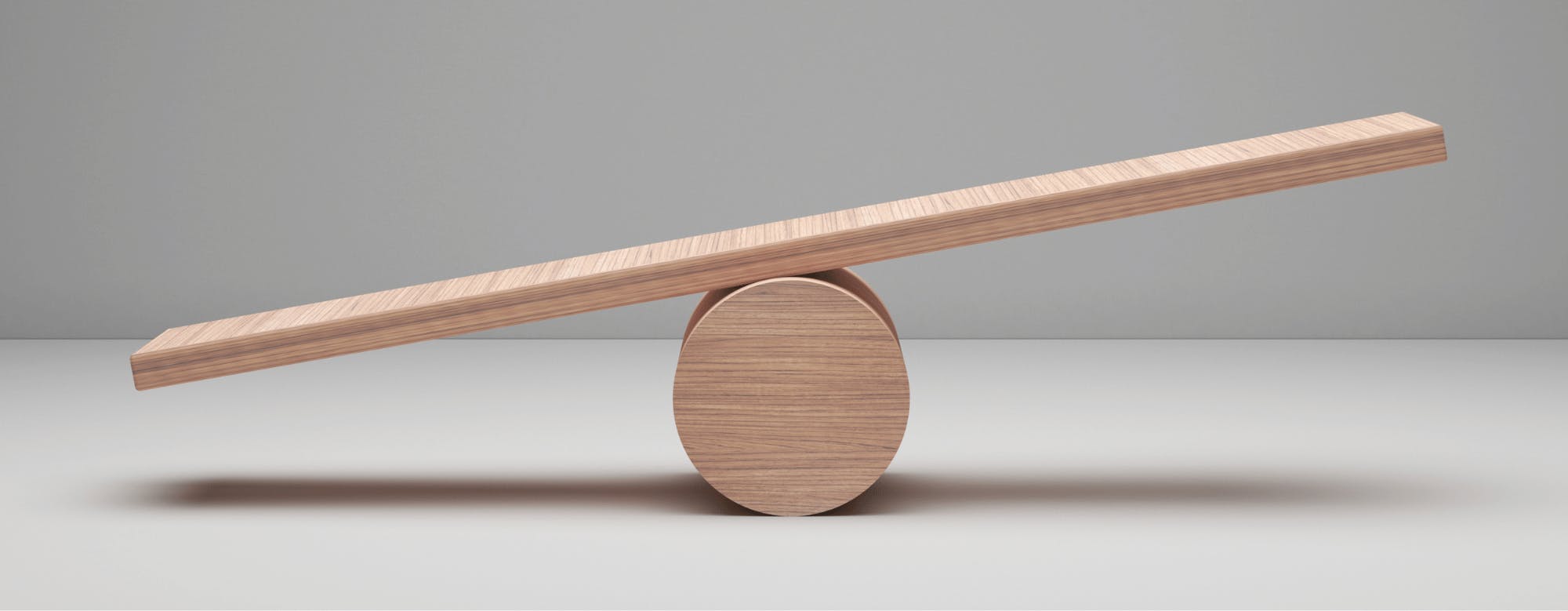
Flow of prana
If we pause with awareness, in a neutral position, at the end of any pose, we start to sense the effects of the pose we have just done.
I like to call it the ‘energetic wake’ of a pose - as in the wake in the water behind a boat. It exists for a while as the boat goes past and then gradually subsides and the water comes back to relative stillness.
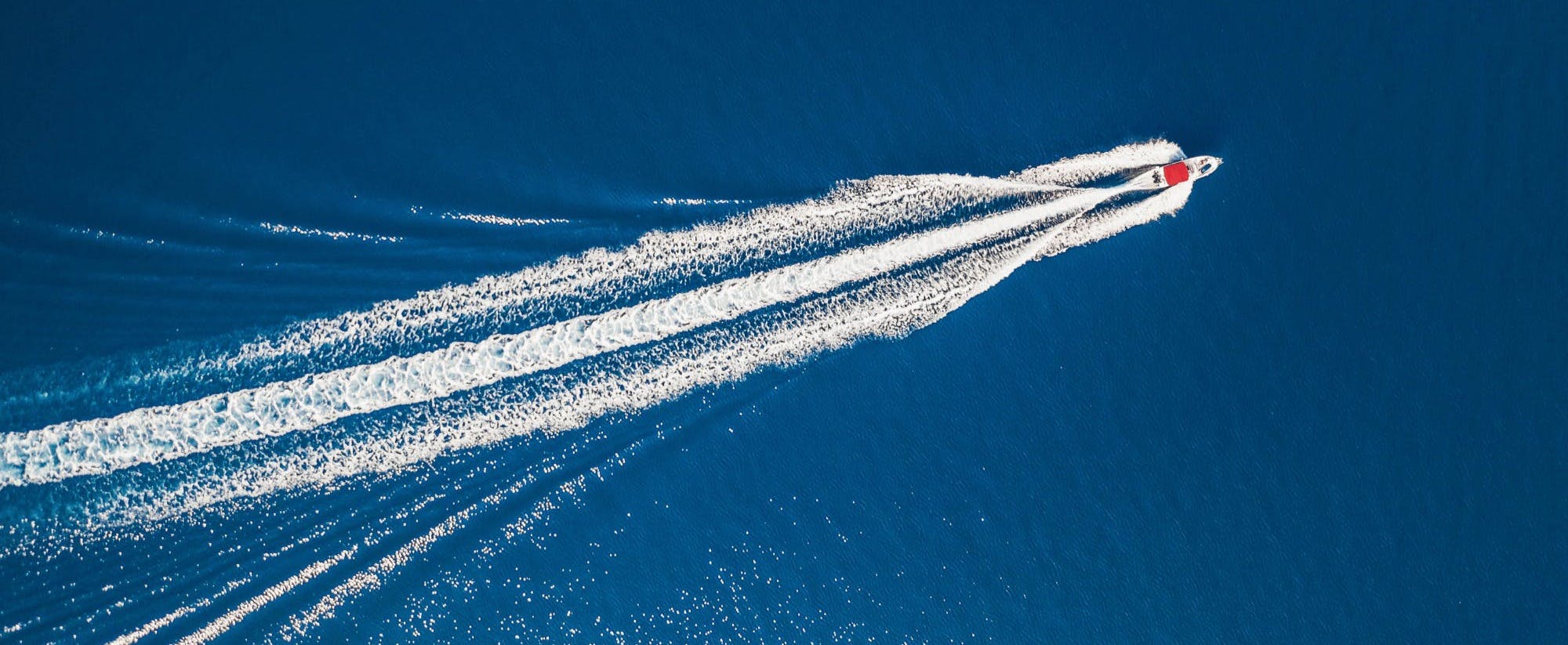
I always notice this 'wake' in standing, particularly after I've practised vrksasana (tree pose) and virabhadrasana (warrior poses).
Which pose generates the most response in your body?
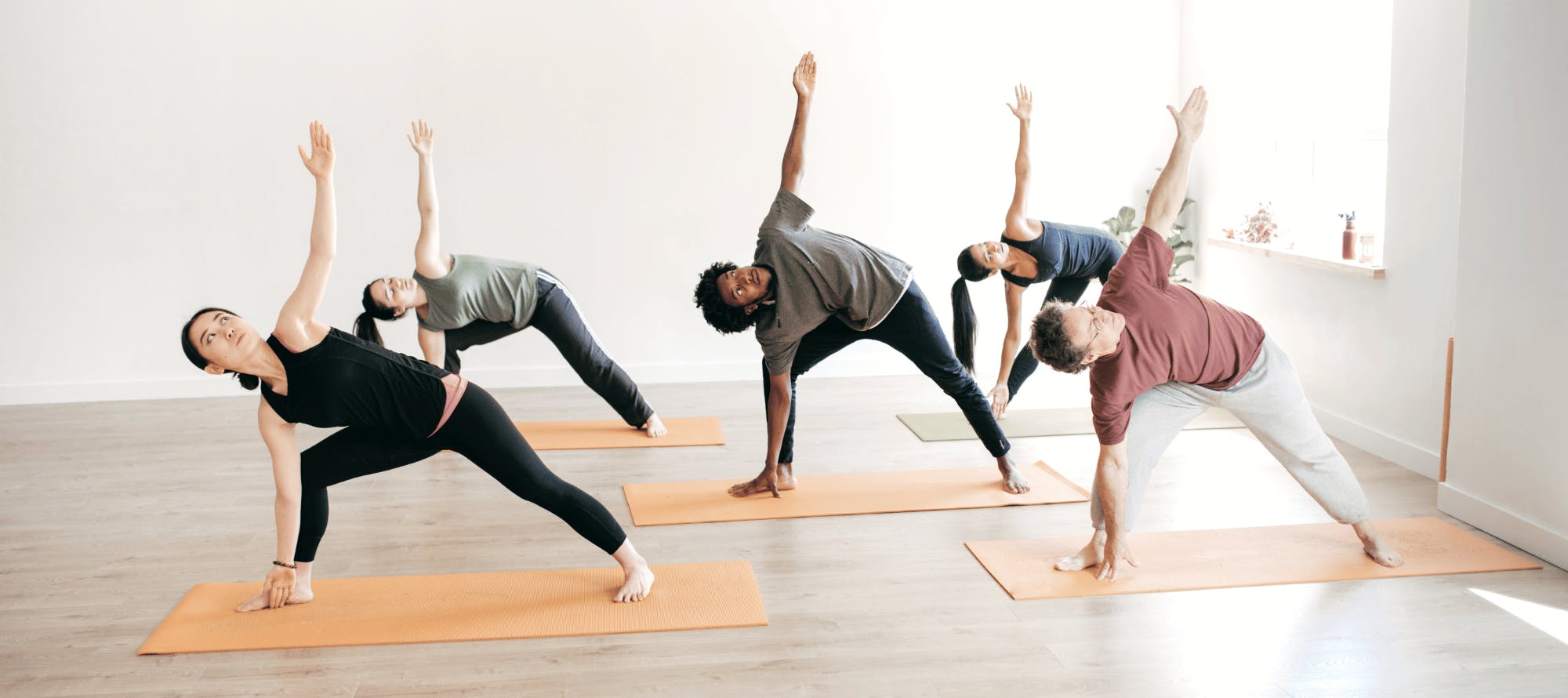
We can explain the subtle ‘after effects’ that we perceive using the theory of prana. Asana are designed to direct prana in a particular way. As we return to a more neutral position, what we are feeling is the result of the practice of the pose, plus the body re-establishing balance and coming back to our normal patterning at rest.
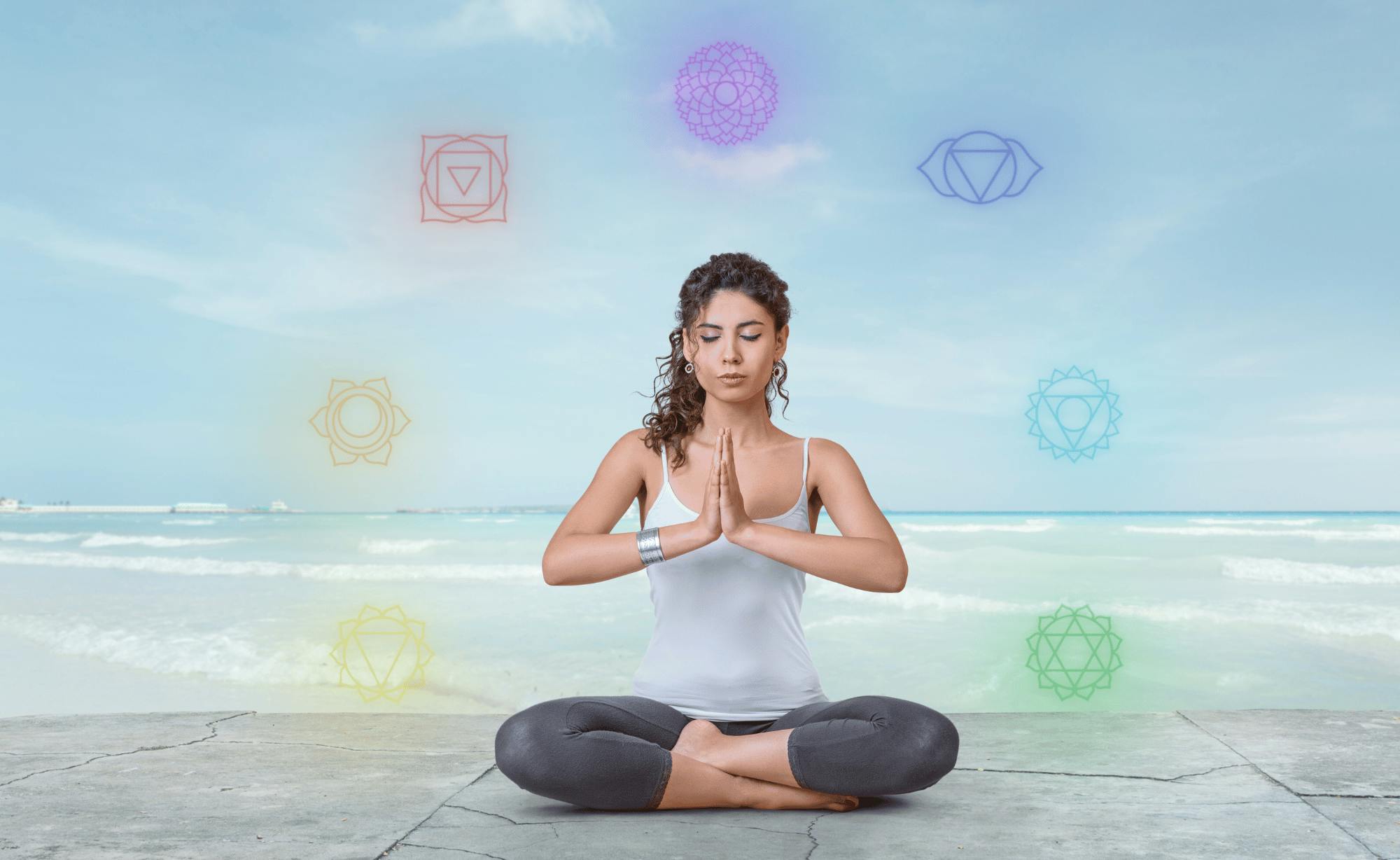
The development of awareness of subtle changes takes practice, over a (sometimes long) period of time, and within a spacious practice that includes moments of quiet self-awareness.
As teachers we can direct students to pay attention to how they feel in the body after a yoga pose, and this deepened awareness can be developed further during relaxation practice in Savasana at the end of a yoga class.
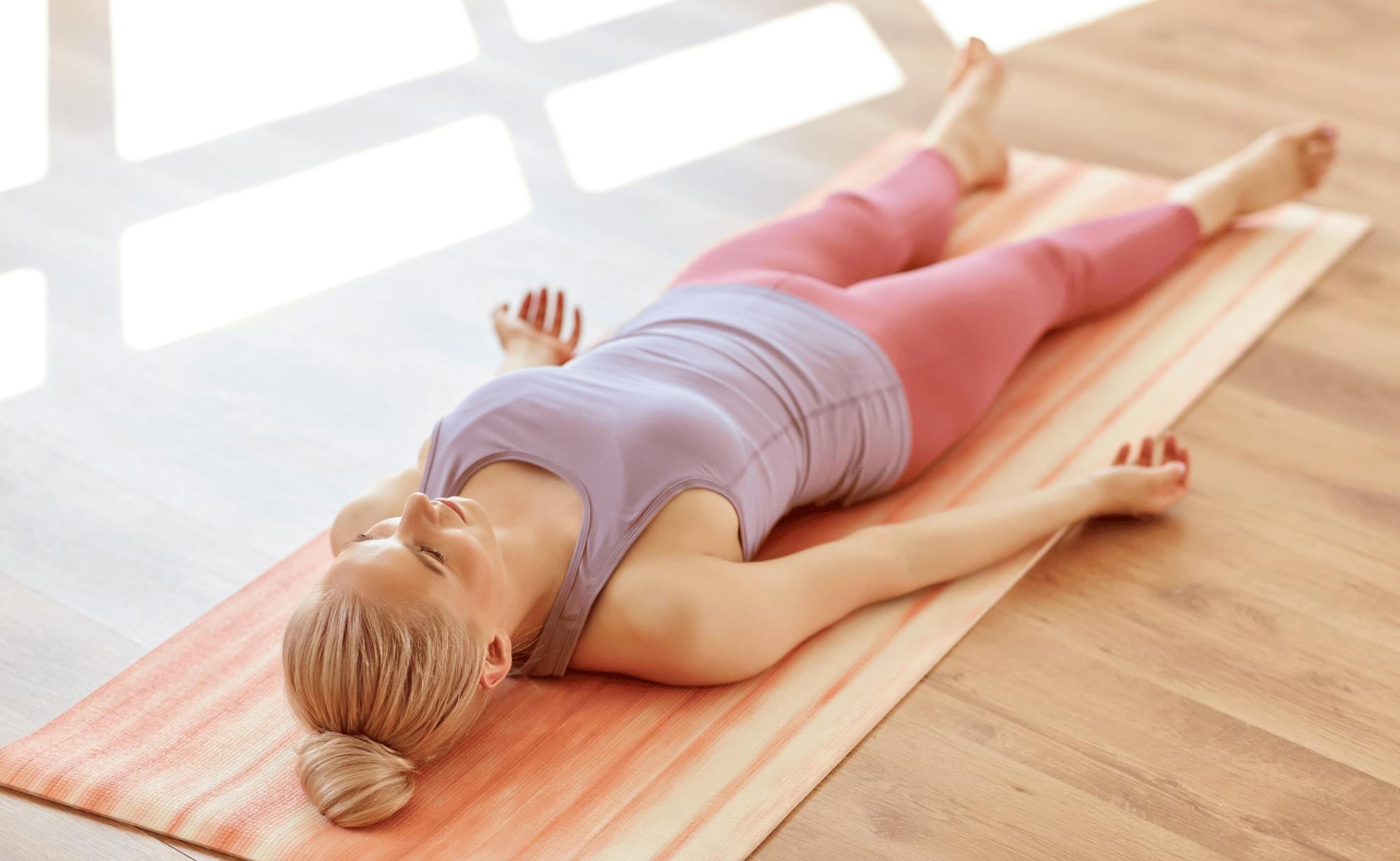
Another way to cultivate subtle awareness in students is to give them time to check in with their body just before relaxation, offering them suggestions of small movements to choose from - doing whichever they feel instinctively that they need before settling into Savasana, eg. hugging the knees in, stretching out, or twisting the spine.
Developing our teaching skills
As a yoga teacher becomes more experienced, while continuing to learn, explore and develop, a wider a range of possibilities is acquired.
When exploring the use of counterpose, it’s important to remember the purpose of a counterpose, which is to re-balance the body after an asana.
To refine our skills we need to watch our students after asana and in counterpose to see whether the counterpose that we've given is adequate. If it’s not quite enough or a bit too much, we can add in something more, or adjust accordingly next time.
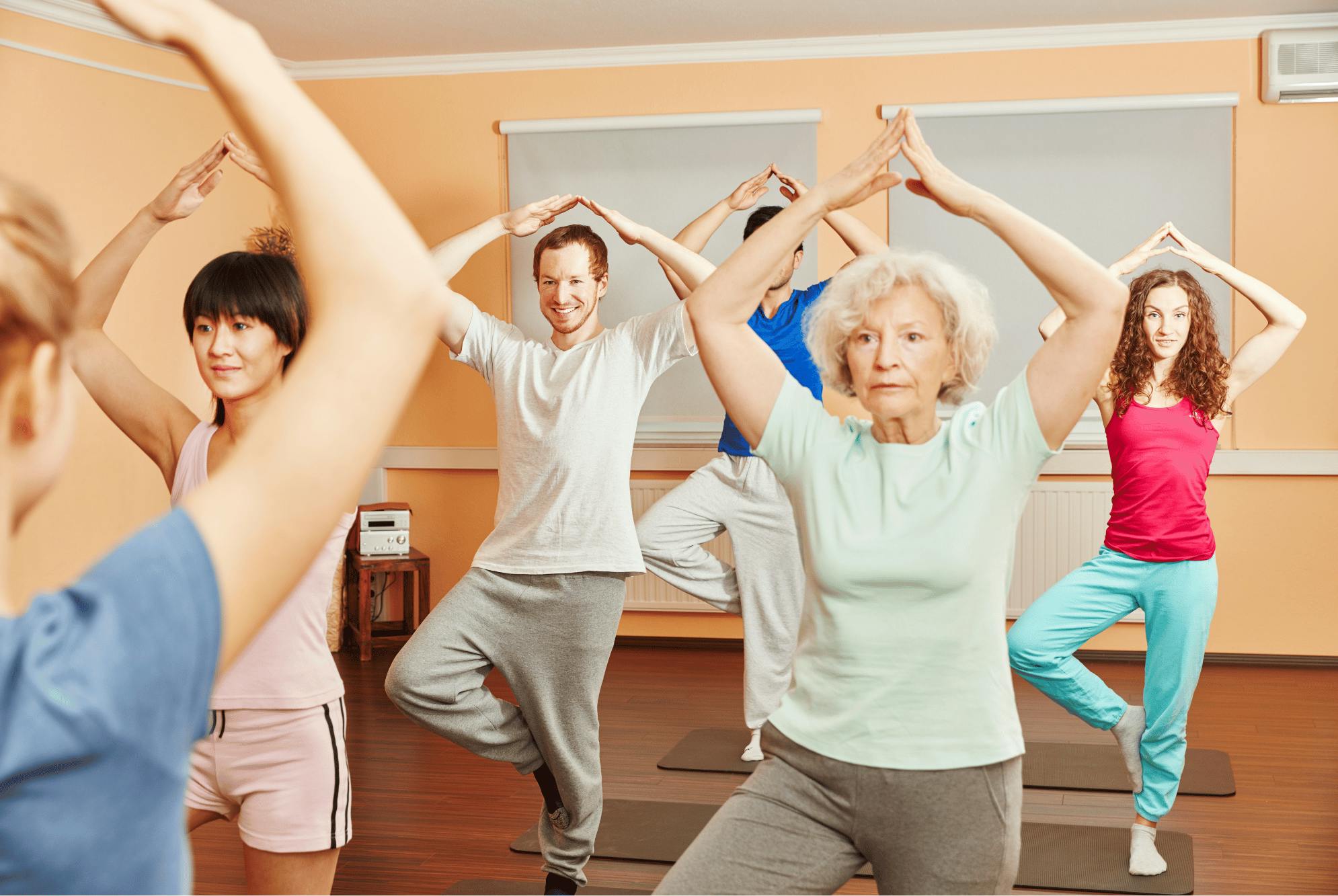
A counterpose to daily life
I see yoga practice as a counterpose to daily life. A balanced asana practice, with breathwork and an approach underpinned by yoga philosophy, leaves practitioners with an improved sense of well-being. As we are all aware, yoga is well known as a great antidote to stress.
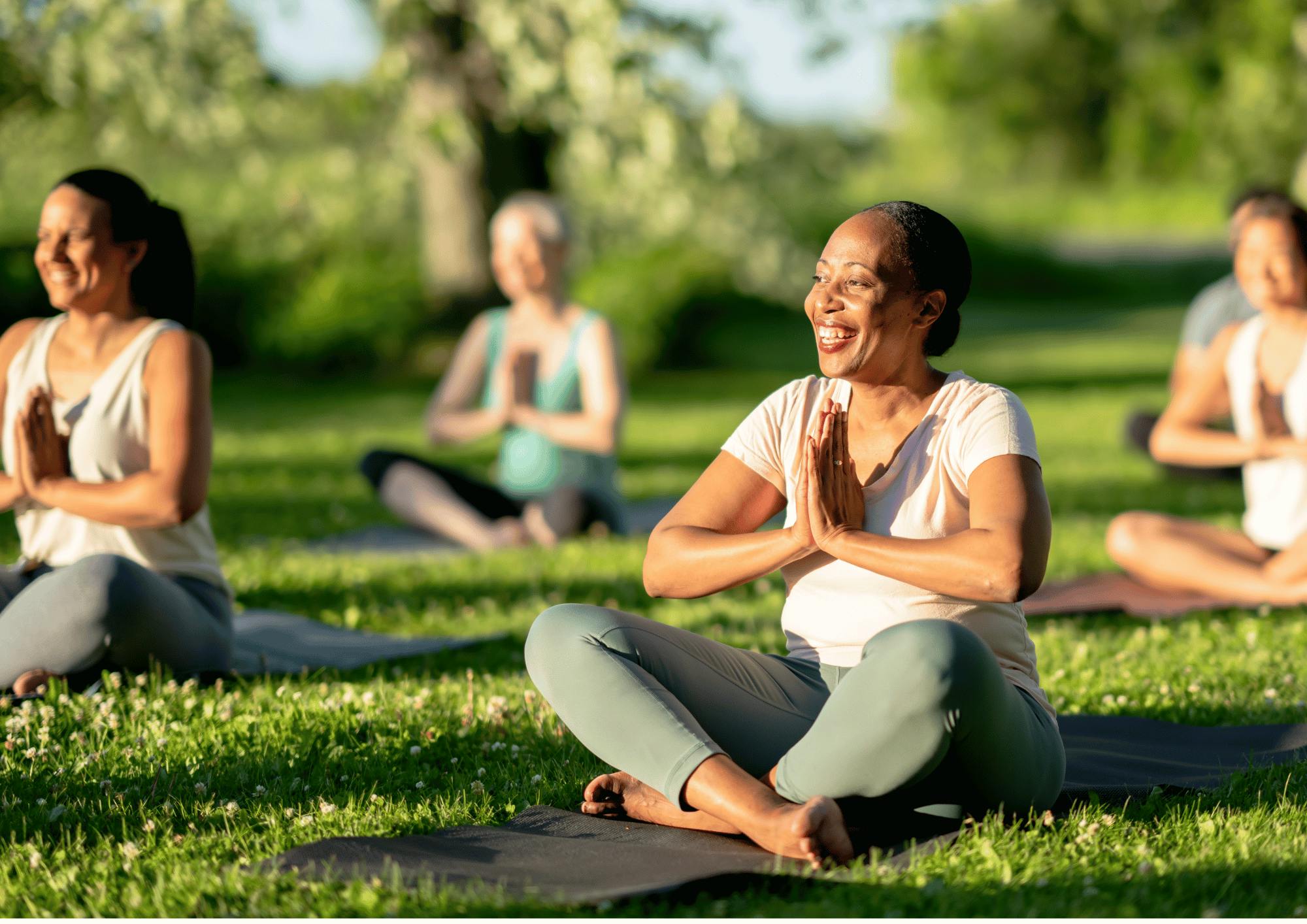
In the body, it's the extension of the spine and twisting movements that are often limited, because we spend a lot of time in flexion during the day, for example doing desk work, driving, washing up, gardening.
Many of our activities tend to round out the back which becomes habitual. We develop what is often described as ‘bad posture’ which reinforces these patterns even further over time.
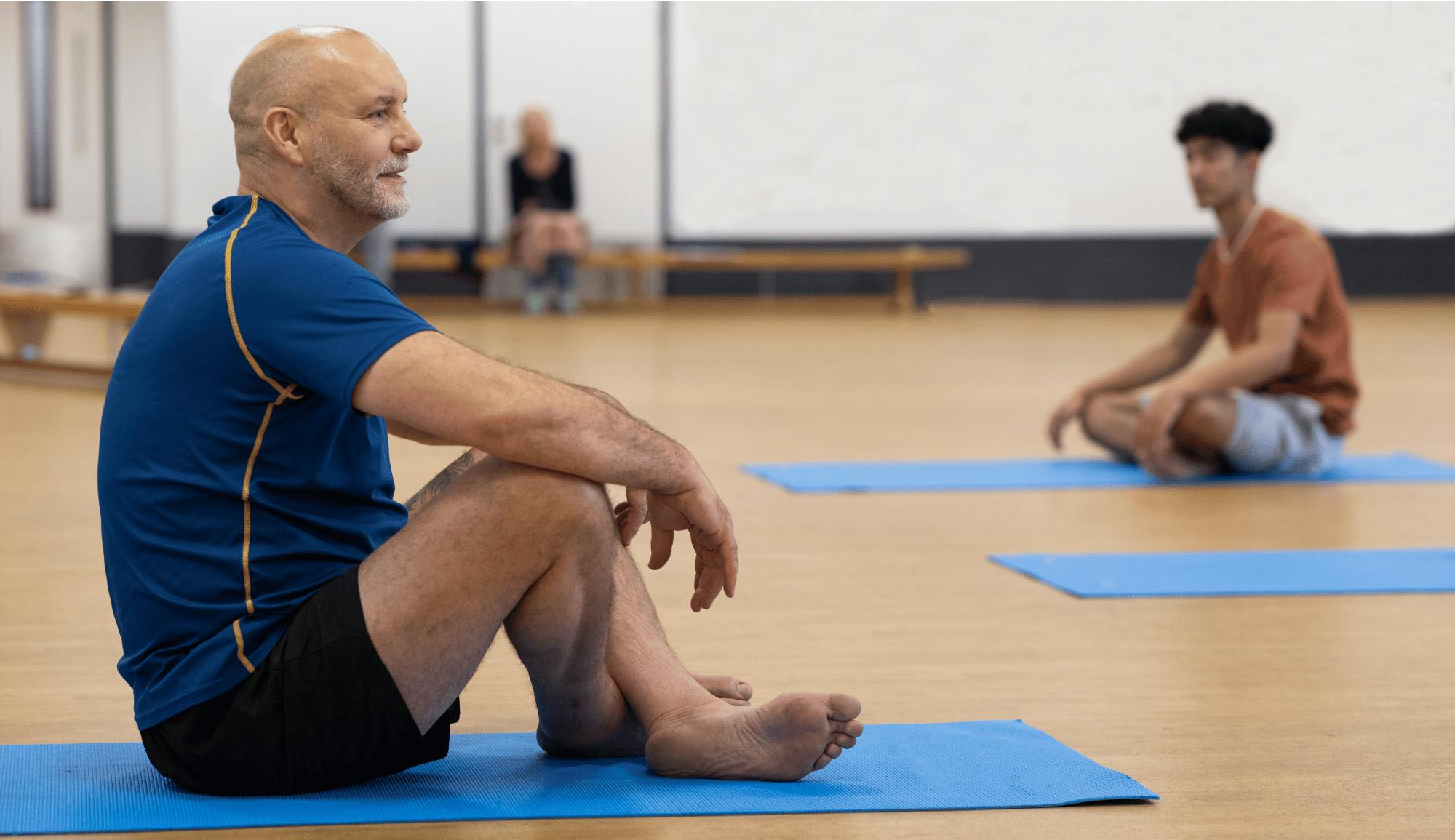
Yoga practice punctuates our lives with movements outside our usual and habitual range, counterposing postural habits, and helping to maintain mobility and a better pattern of health.
Counterposing as we go through our practice, allows us to finish our physical practice in an optimal state for relaxation.
This rest period at the end of a practice enables the body to process what we’ve just done, helping us to find a place of greater ease in the world.
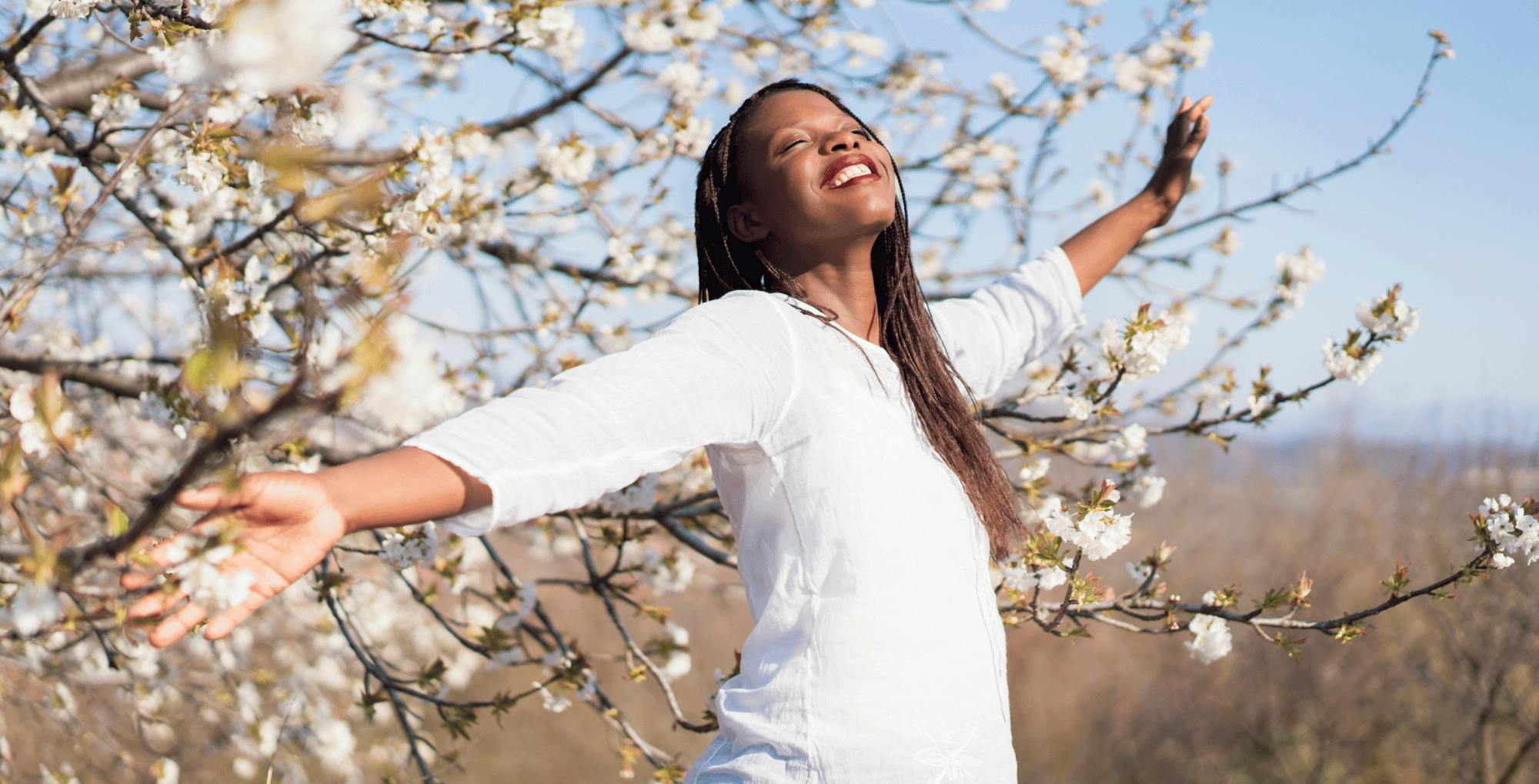
Monthly Q&A online community discussions - click graphic below for more info >